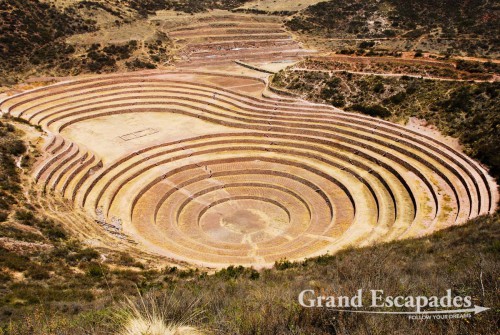
The amphitheater-like terraces of Moray may have served the Incas as a laboratory for agricultural experiments. We heard the theory that every terrace / level simulated a difference in altitude of 300 meters, enabling the Incas to test what grows best at what altitude – Near Cuzco, the Sacred Valley, Peru
Two days after our trip to Pisac, we continued our travel to Urubamba, a smooth 2 hour ride from Cuzco in a collectivo for 3,5 Soles (1 USD), where we spent a day and a night to see the famous amphitheater-like terraces in Moray and the Salinas near Maras.
This one day in Urubamba turned out to be a fantastic experience Off The Beaten Track… Yes, that exists in the Sacred Valley, you would never guess when arriving in Cuzco!
To visit the two places leisurely takes half a day if investing in a taxi, which we did, but it was worth every of the 50 soles it costs. The trip can be done partly on public transport but to see both places that way in a day is tricky. We certainly will not recommend walking the 13km from the bus stop (Cusco bound busses) to Moray as suggested in the Lonely Planet, the road from Maras to Moray is a dusty 10km unpaved stretch, with bone-dry fields right and left. Generally the best time to visit this place is probably May and June, right after the rainy season when everything is still green.
The amphitheater-like terraces of Moray may have served the Incas as a laboratory for agricultural experiments. It is basically a deep bowl, about midway starts a ring of terraces that go down getting smaller and smaller in diameter. At the bottom of the bowl it ends in a tiny round area, the hottest place. Also interesting are the long, flat stones sticking out from the terrace walls at certain points that serve as stairs allowing to climb up and down the different levels.
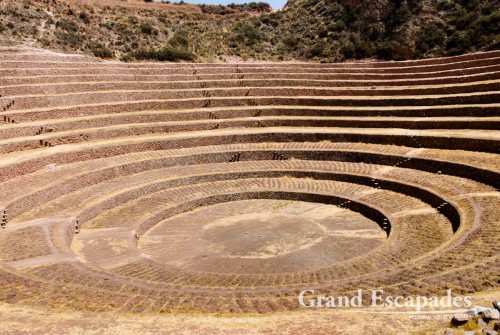
The amphitheater-like terraces of Moray may have served the Incas as a laboratory for agricultural experiments. We heard the theory that every terrace / level simulated a difference in altitude of 300 meters, enabling the Incas to test what grows best at what altitude – Near Cuzco, the Sacred Valley, Peru
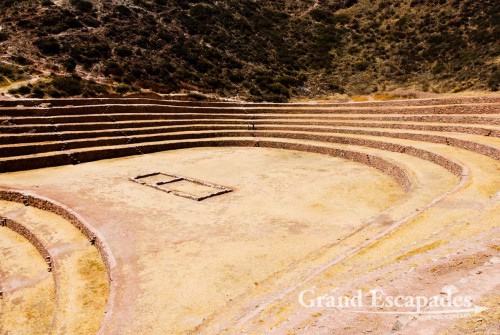
The amphitheater-like terraces of Moray may have served the Incas as a laboratory for agricultural experiments. We heard the theory that every terrace / level simulated a difference in altitude of 300 meters, enabling the Incas to test what grows best at what altitude – Near Cuzco, the Sacred Valley, Peru
We heard the theory that every terrace / level simulated a difference in altitude of 300 meters, enabling the Incas to test what grows best at what altitude. A lot of restoration has been done on the terraces within the last 10 years. That is also the time when tourism started to pick up there.
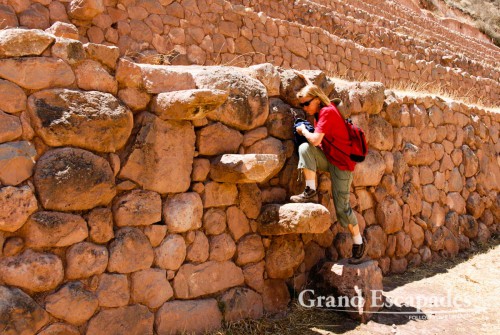
The long, flat stones sticking out from the terrace walls at certain points serve as stairs allowing to climb up and down the different levels – The Terraces of Moray, near Cuzco, the Sacred Valley, Peru
The salt pans near Maras are also an incredible place. There must be hundreds of these little pans squashed into a small valley. These are worked and owned by the people of Maras. A little salty river that emerges from the mountain right there feeds the pans. The different colors – brownish to whitish – indicate the different layers of salt. The first layer is rather brownish since the brown soil shines through. Once this is dried more salt water is added that forms another crust, only the third layer produces the white salt.
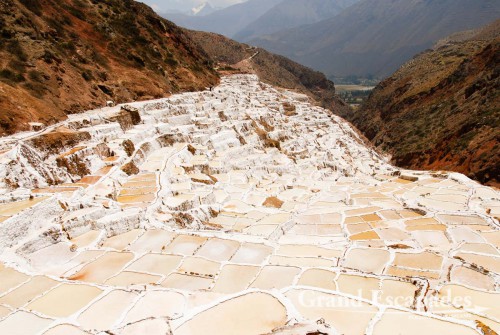
The salt pans near Maras are are fed by a little salty river that emerges from the mountain, near Cuzco, the Sacred Valley, Peru
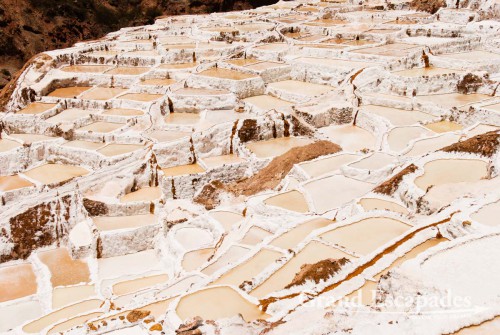
The salt pans near Maras are are fed by a little salty river that emerges from the mountain, near Cuzco, the Sacred Valley, Peru
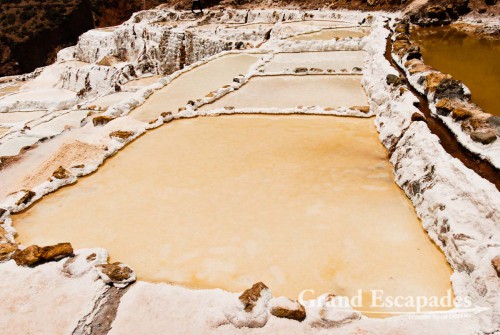
The salt pans near Maras are are fed by a little salty river that emerges from the mountain, near Cuzco, the Sacred Valley, Peru
The salt is put in bags and carried up the terraces by men and women balancing their heavy load along the small paths separating the pans. From the storage on top, mules and small trucks take it up to Maras.
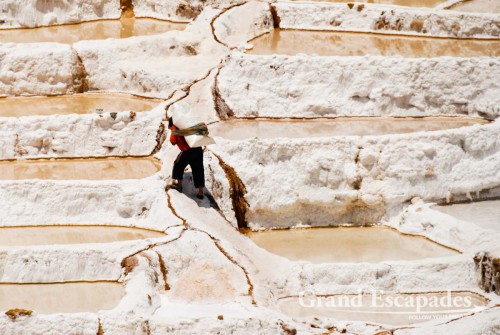
The salt pans near Maras are are fed by a little salty river that emerges from the mountain, near Cuzco, the Sacred Valley, Peru
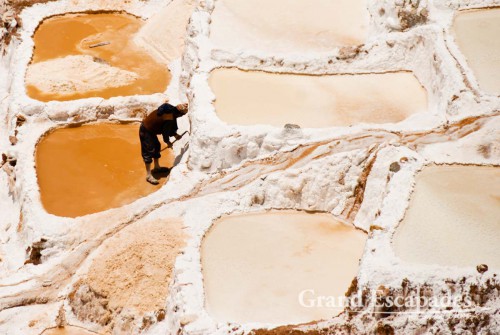
The salt pans near Maras are are fed by a little salty river that emerges from the mountain, near Cuzco, the Sacred Valley, Peru
Heidi also discovered the most pleasant Hospedaje Buganvilla, which has large sunlight rooms with private bath for 30 Soles or 9 USD. The first budget place we stayed in Peru that had none of the usual: stained walls, tiles falling off or missing in the bathroom, broken windows fixed with scotch tape, plumbing out of control, only a tiny little light … It is owned by a very nice and helpful family, we guess there are three guestrooms altogether around a green courtyard. And of course it is in no guidebook!

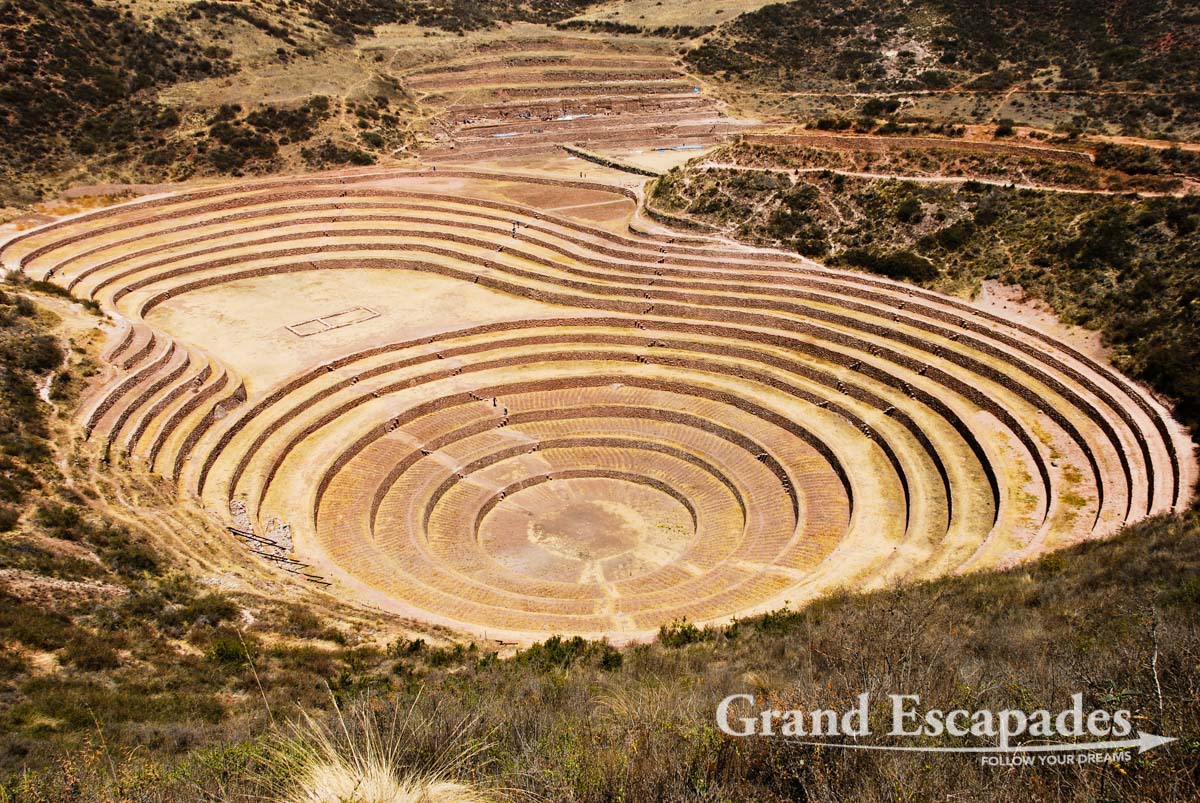
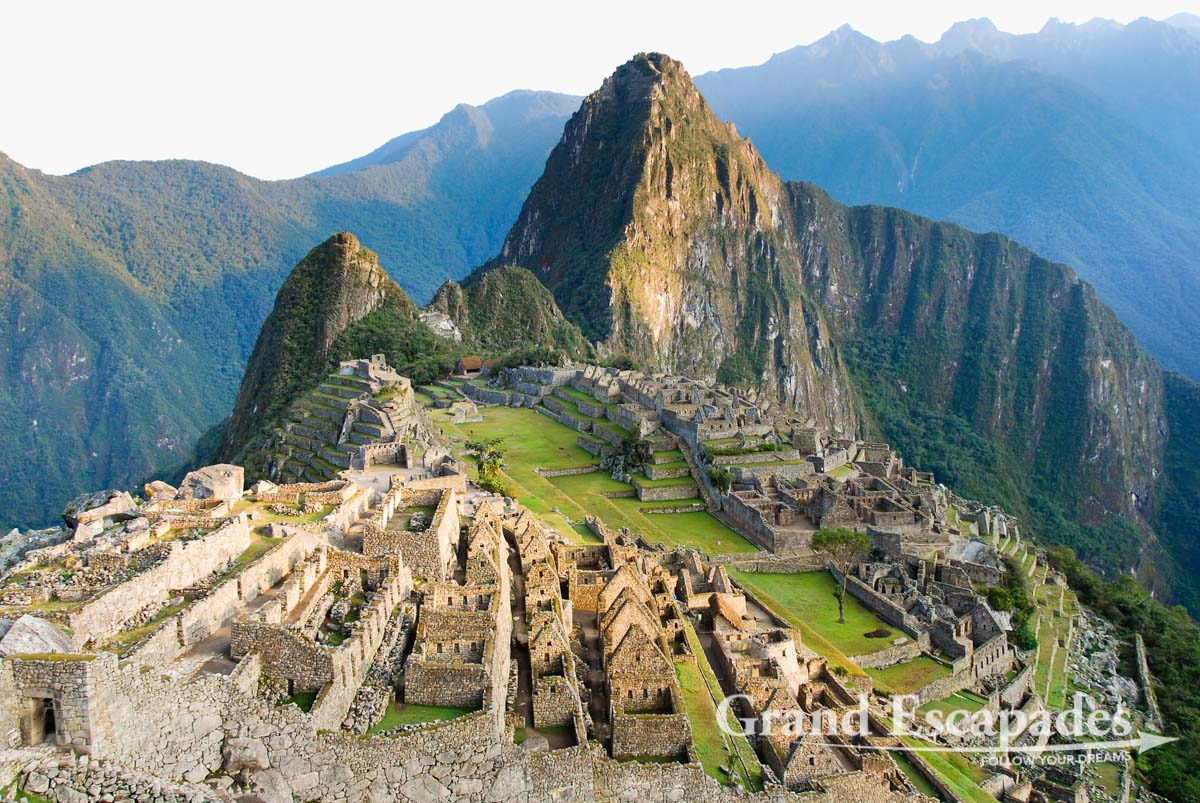
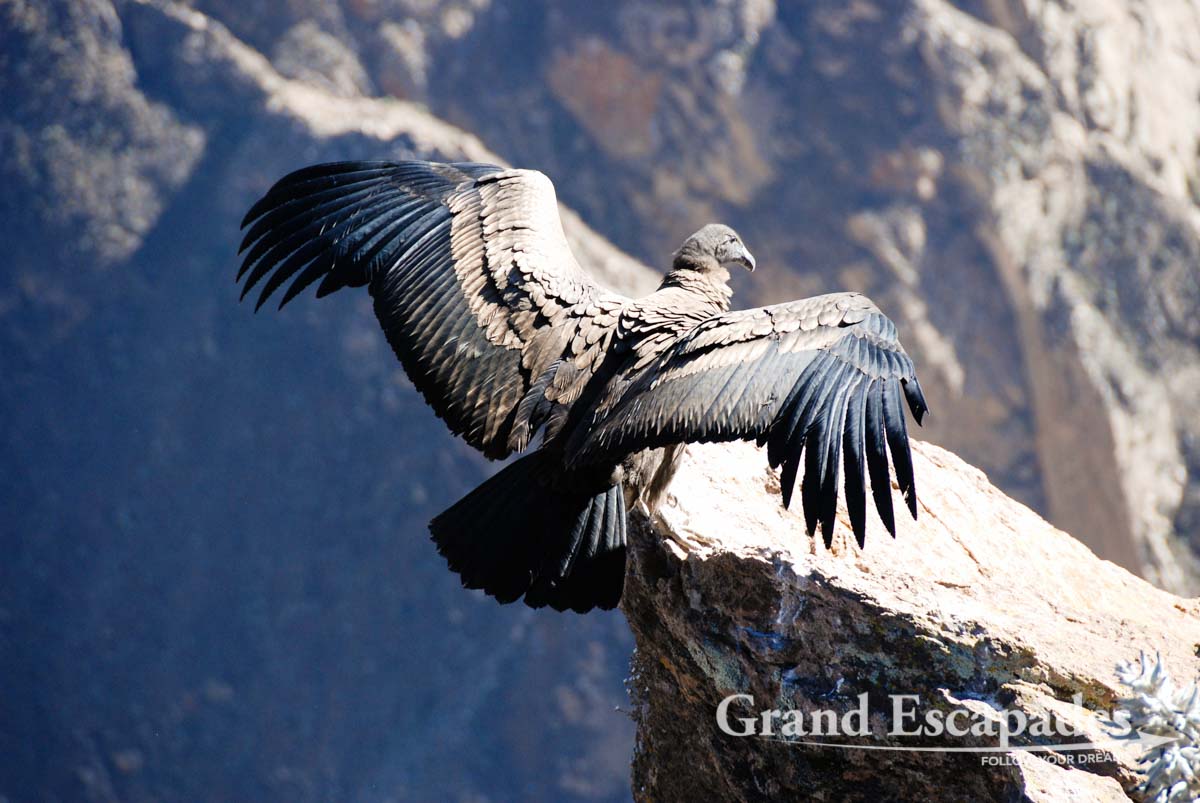
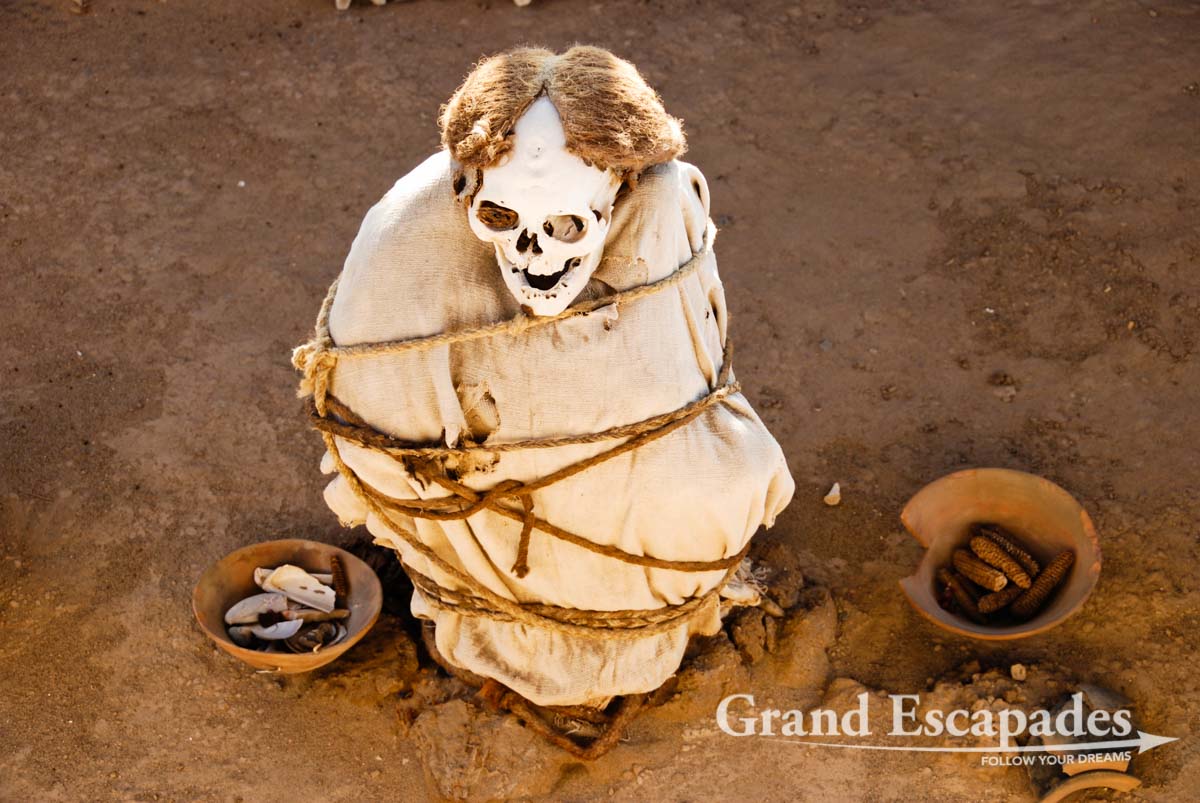

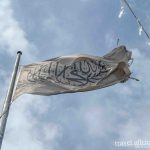
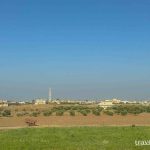
Leave a Reply